Estimated reading time: 04 minutes.
September/2015 - The EF 100-300mm f/4.5-5.6 USM is one of the most curious lenses we’ve seen on blog do zack. It’s curious because I’m always talking about higher end equipments, and it feels the low end/vintage market is bad. It is not. Launched in 1990 for US$270, the EF 100-300mm comes from a time when Canon didn’t shape their products to dumb down the market. Besides the low price, it has an all internal USM auto focus, supports full time manual; a metal mount; fixed filter thread… Features missing on most recent lenses. Its secret low price lies on the almost completely plastic design with variable aperture, together with non-exotic optics. Let’s learn about it?
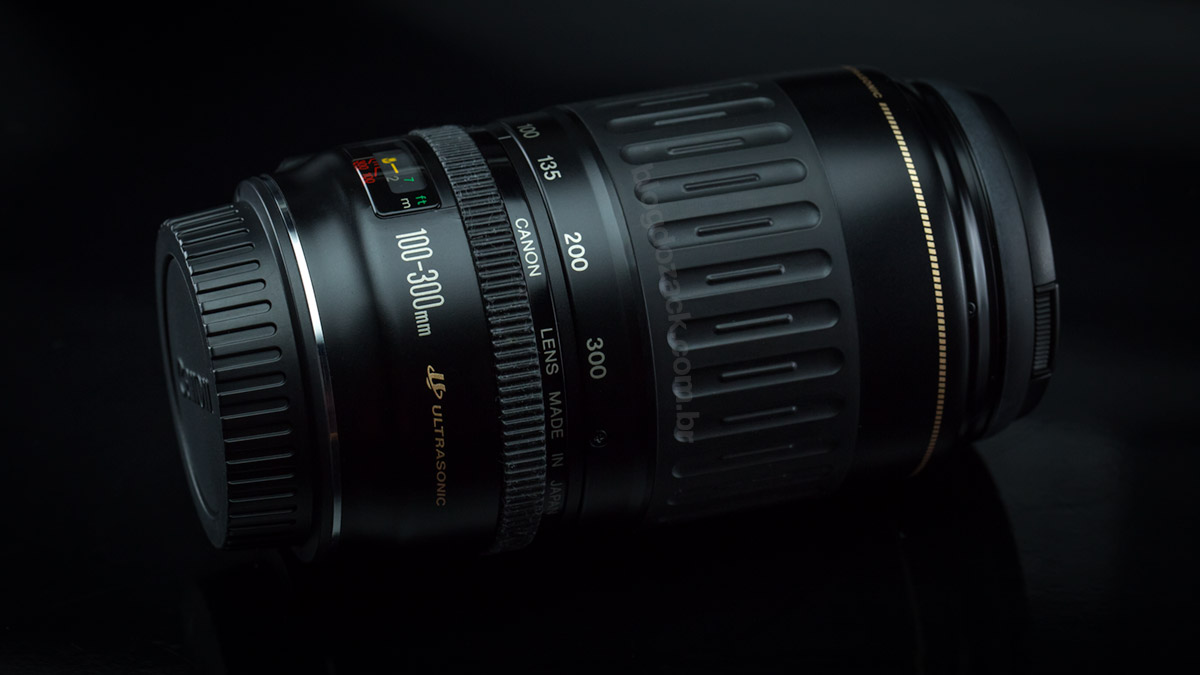
At 121x69mm of 540g, the 100-300mm gets attention for its size. It’s 2cm shorter than the current EF 70-300mm IS USM (144mm) and the simplest “300mm” I own. It’s less fancy than the IS USM, way less high end than the fat DO (diffractive optics), and don’t even compare it to the white L IS USM. When I want to carry “nothing” to reach telephoto distances, the 100-300mm is my choice.
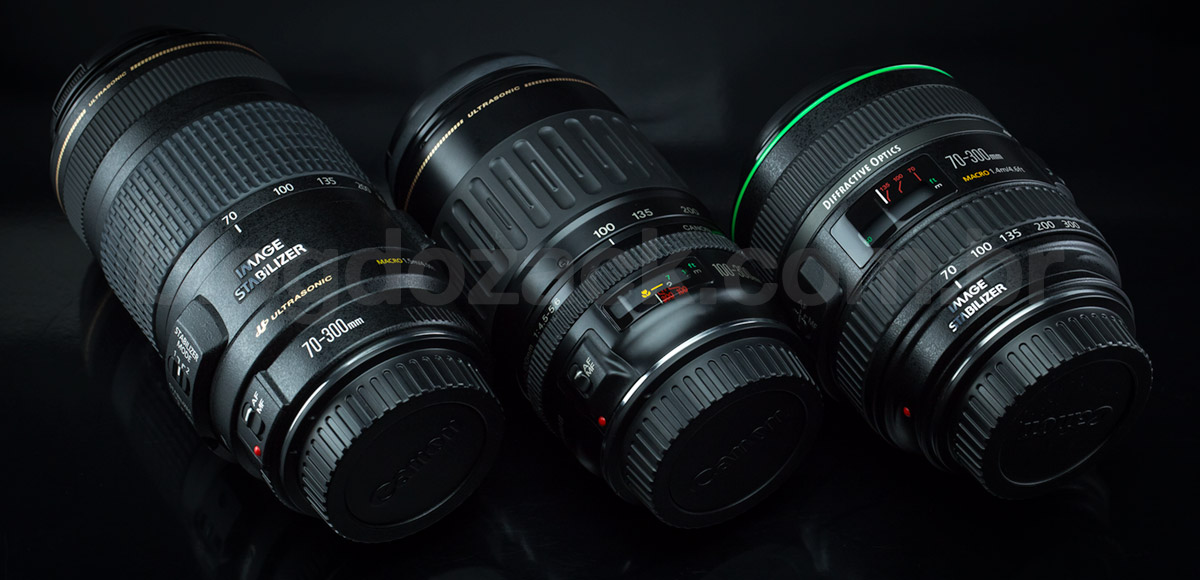
It’s build relies on sturdy plastics and a metal mount. Both barrel doesn’t wobble when it’s fully extended, at 17cm in 300mm, and it feels solid. The zoom ring is enormous, almost the entire external barrel where it’s rubberised. But its movement is not the smoothest as the older design didn’t use large internal bearings we see today. It’s actually good to avoid the zoom creep, so there’s no need for a LOCK switch.
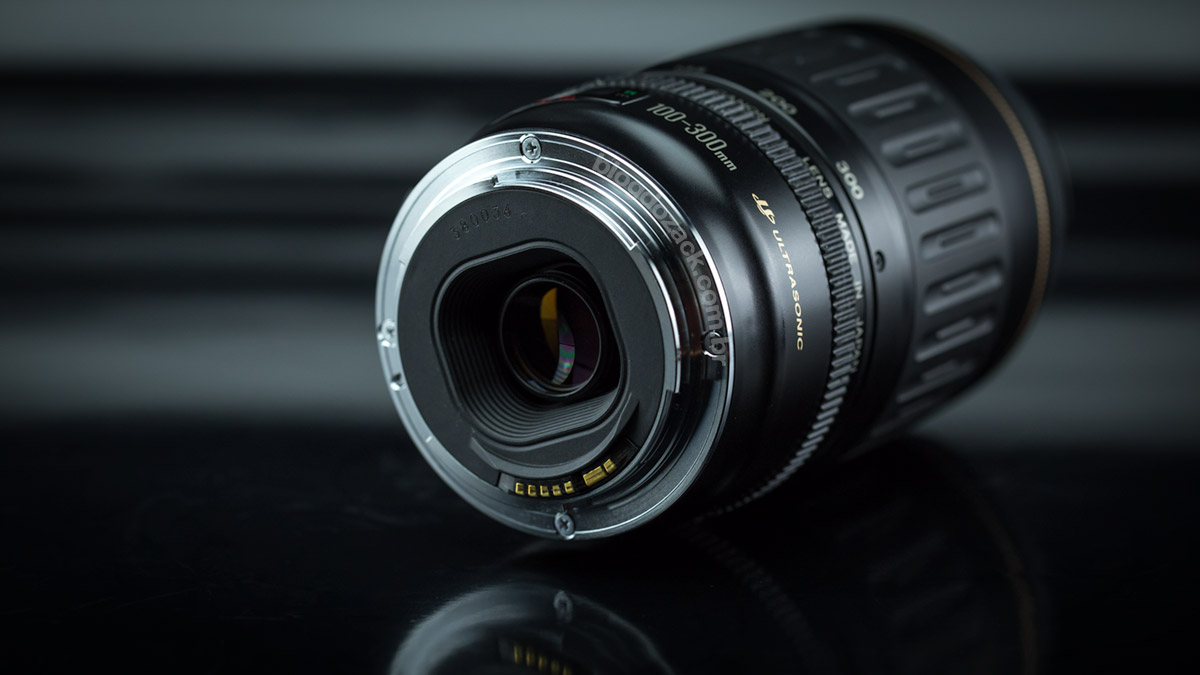
Inside the USM AF is a headline. It’s almost instantaneous because its ring type, that motor that sits around the focusing group. And it’s dead silent as there are no gears like the 70-300mm USM micro motor. These internal details are the dumbing down Canon has been taking advantage on newer lenses, and it’s borderline annoying. If you think a STM thingy is a good upgrade, why should they bother offering USM anymore, right? We’re doomed.
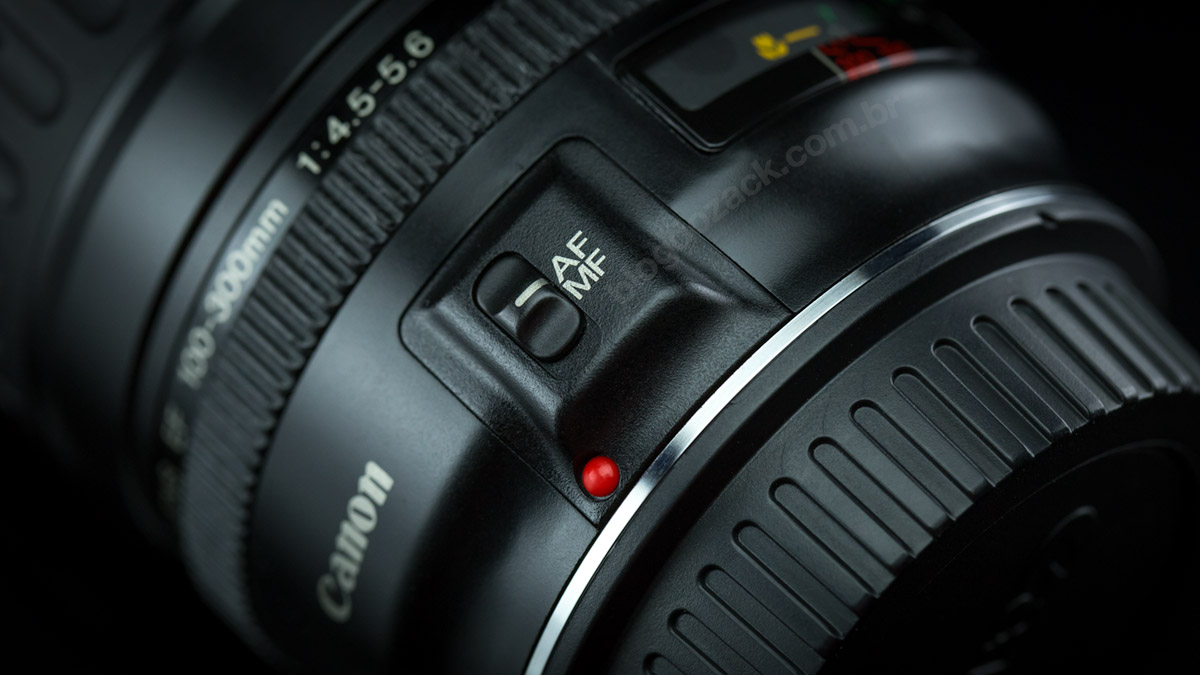
The focusing ring sits at the rear, near the camera, doesn’t move while the AF is operating and doesn’t require the photographer to switch to MF prior to use. The all internal formula is parfocal: after set, the negative zoom movements won’t change the focusing distance. It avoids focus breathing, useful for video recordings without the shift in framing.
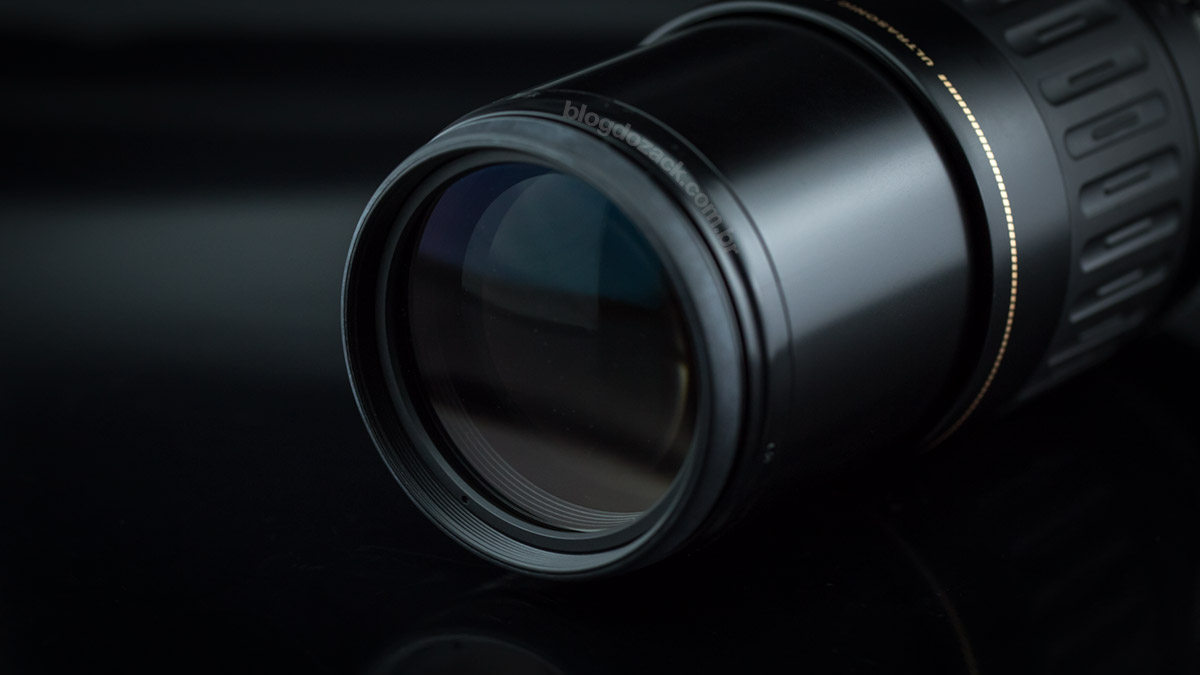
The EF 100-300mm even features a distance window with infra-red markings, that current 75-300mm and 70-300mm IS USM don’t show. It accepts ø58mm at the front with a deep thread, made to also hold the compatible screw-in lens hood, as it doesn’t fit on it’s own thread. And there’s a big rubber piece at the front, that I can only imagine is there for protection. It the lens hit something, it might cushion the damage.
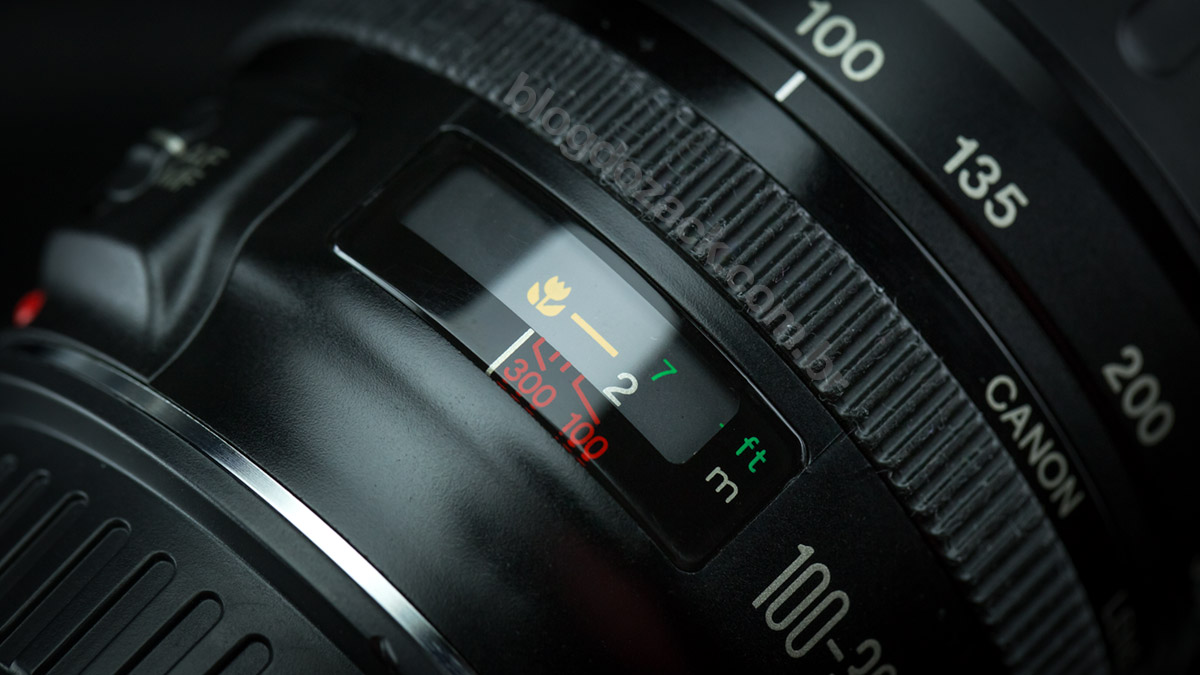
Overall the 100-300mm has the look of an old lens because its plastics are not texturised, but honestly it handles better than current models. The EF 70-300mm f/4-5.6 IS USM looks new but in reality does less: the focusing ring turns while the AF is in use, it expands the inner barrel AND rotate the filter thread, making it hard to use with polarisers. Both EF 75-30mm III and III USM are laughable in build and mediocre operation. And APS-C shooters must live with the slower STM AF from the EF-S 55-250mm IS.

The EF 100-300mm USM is worth its features and simplicity, things Canon forget how to keep cheap nowadays. Those with a tight budget should always consider vintage choices, and I promise to bring you more examples. They’re heavy contenders on an ever so extensive market, and shouldn’t be understated. Take a hint!
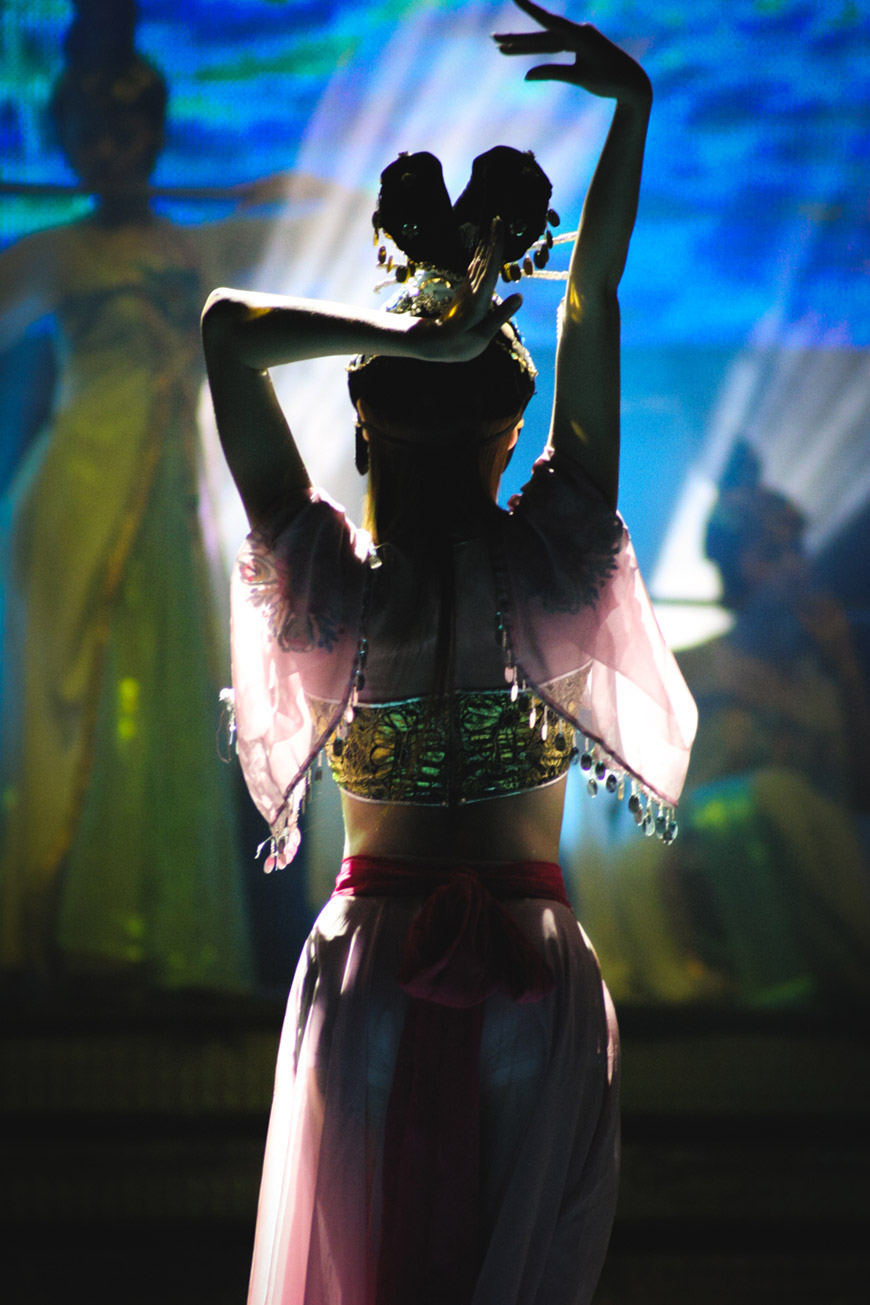
“Dance” at f/5.6 1/100 ISO3200 @ 300mm. All photos with the EOS 20D (2004/2005).
With 13 element in 10 groups optical formula and no special glasses, Canon promised nothing more than a variable aperture standard zoom for US$270. Low expectations = higher chance to impress. And they did it. Its performance is fair: good resolution in the center at 100mm f/4.5; dropping till 300mm and f/5.6. The edges get much better two stops down. And the colours are neutral, with good contrast.
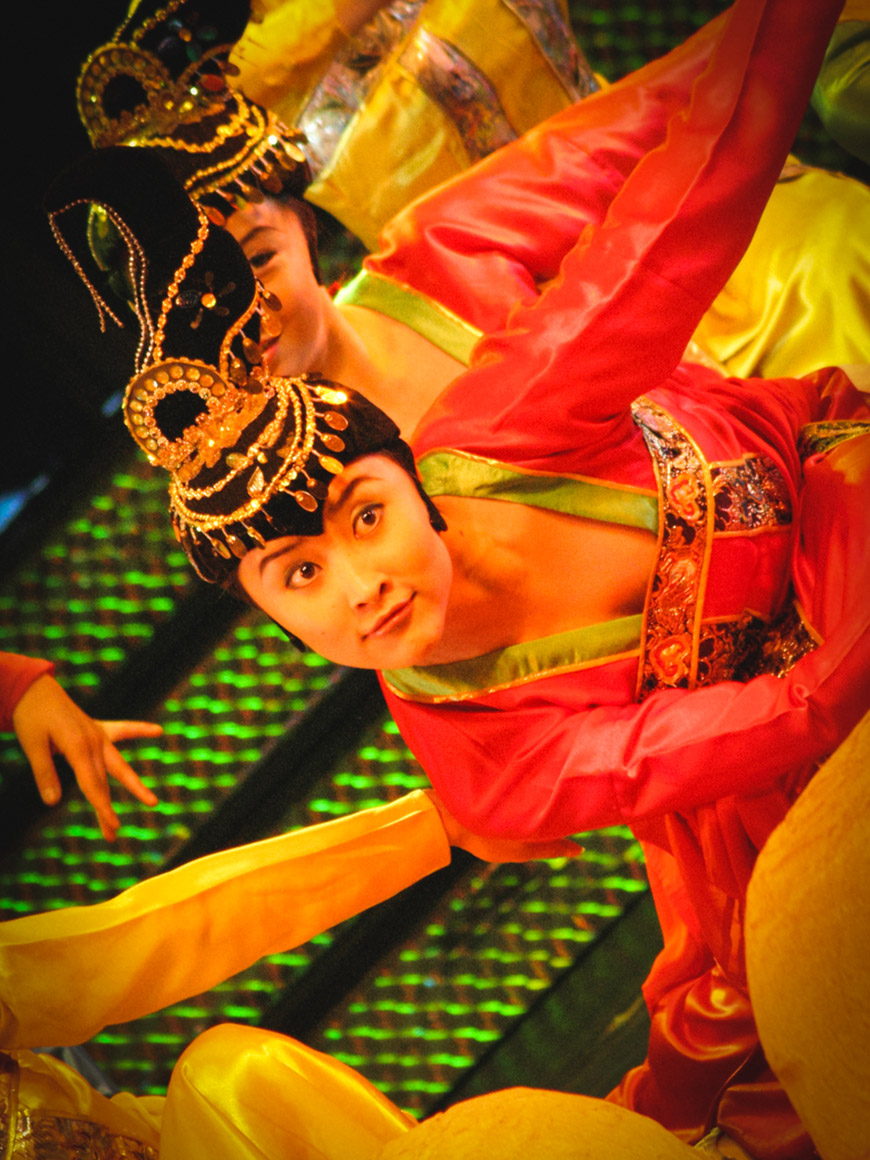
“Dance II” at f/8 1/500 ISO3200 @ 300mm.
Tested on the EOS 20D, with just 8MP and photosites as large as a 5D Mark II, the diffraction was never a problem. The result: extremely sharp files on a simple package, dirty cheap on the used market. I won’t even bother showing you it’s flaws: it’s an accessible lens, made for worry free shooting. For modest A3 prints, or most web outputs, you can have fun at the telephoto without digging into your pocket.
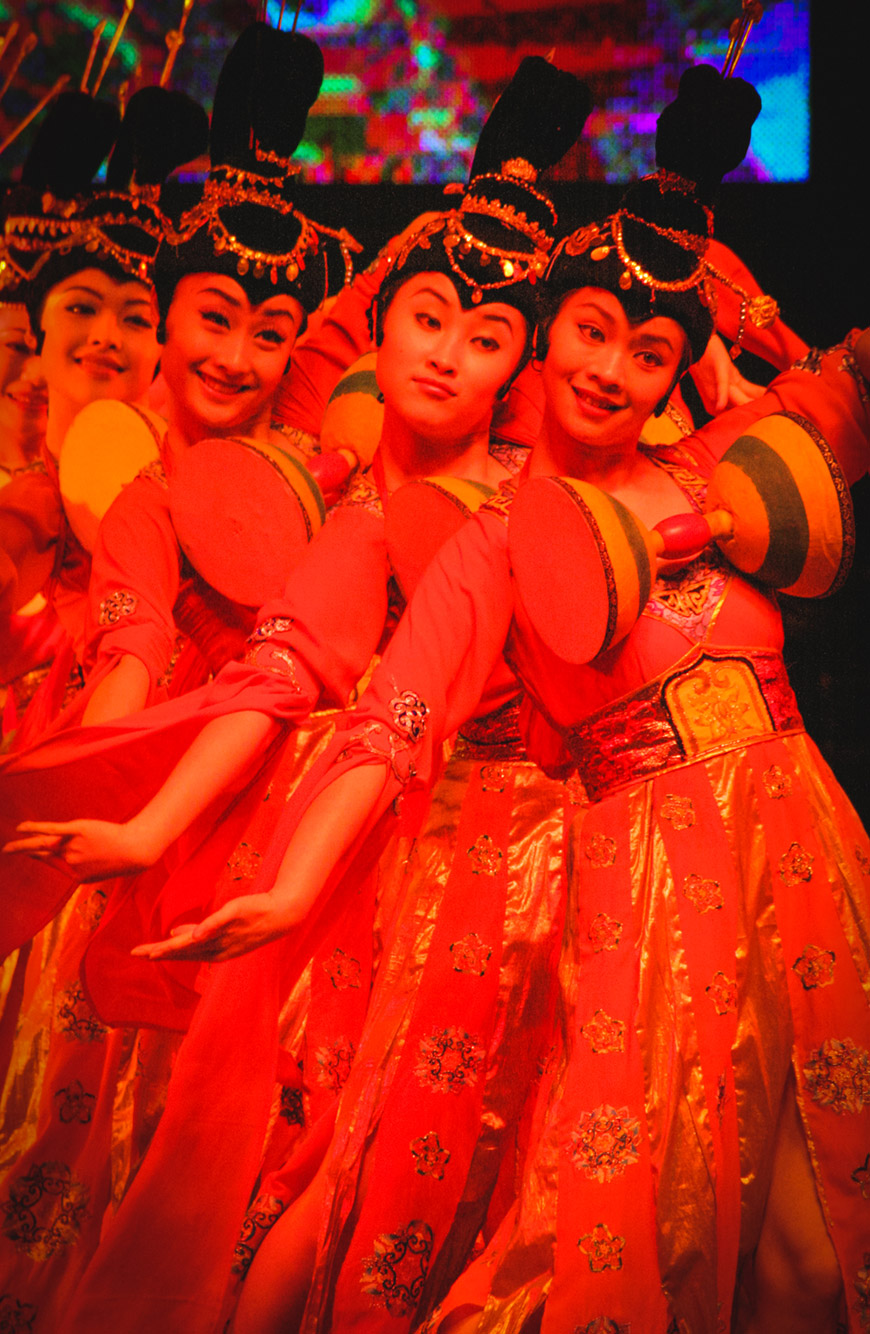
“Dance III” at f/9 1/640 ISO3200 @ 300mm.

“Portrait” at f/8 1/500 ISO1600 @ 300mm.

“Portrait II” at f/8 1/500 ISO1600 @ 300mm.

100% crop, detail from a SOC JPEG, you can see the skin texture and the cigarette inscriptions.
An accessible and easy to use lens, with great handling. It’s the EF 100-300mm f/4.5-5.6 USM. It seems “cheap” on the used market, including in Brasil (R$500 on Mercado Livre). But looking at the photos, reach and flexibility, it’s hard to go against its performance. It’s one of the lenses that make me question the essence of vlog do zack: does higher end lenses deliver much better pictures? How many lenses will it take to convince you the equipment doesn’t matter? Nice shooting!